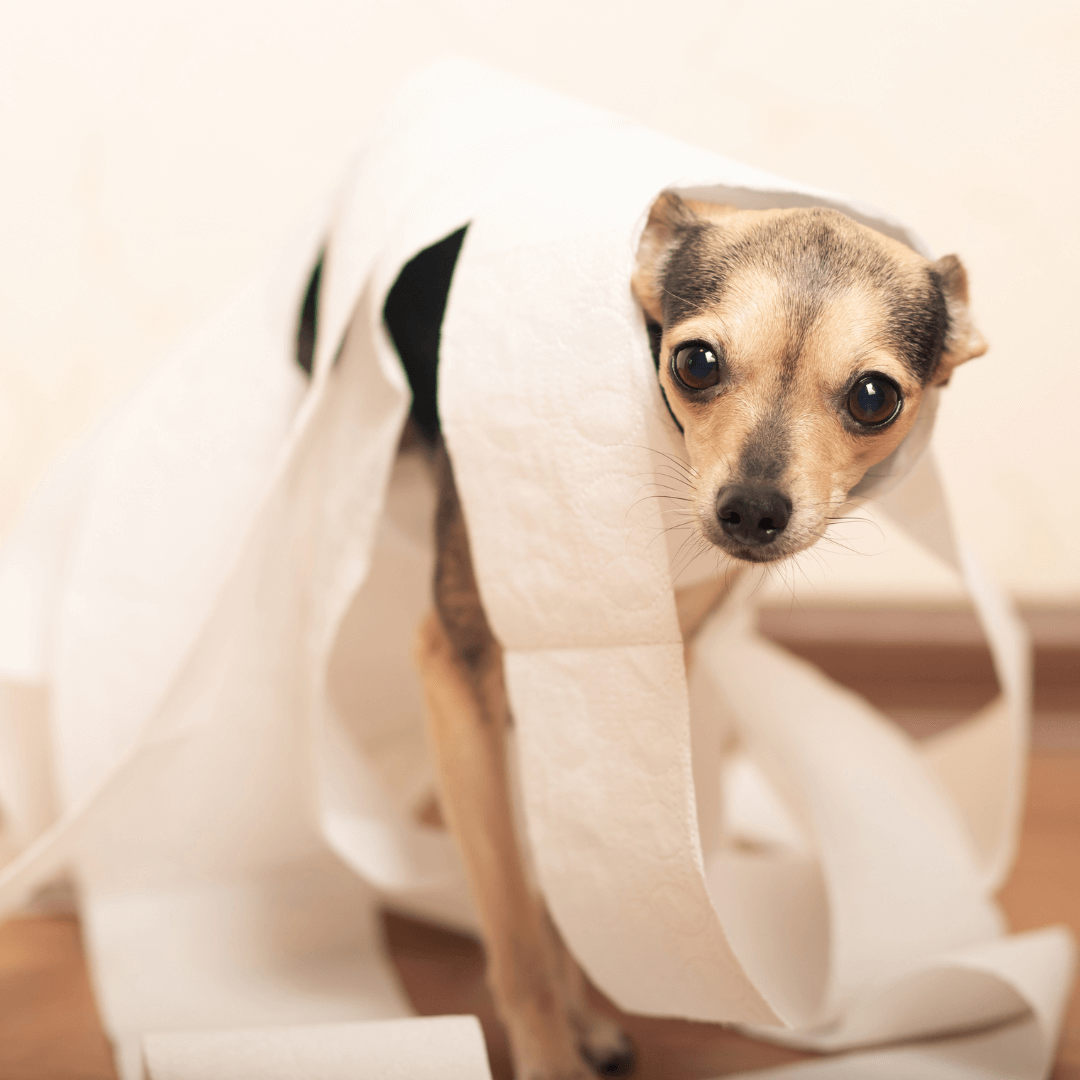Puppy socialisation checklist
Use the top tips above to help you as you work through this checklist. If your puppy is showing signs of being scared or unable to focus, then retreat. Give your puppy more distance from the thing, or return to training another day.
We don’t want to overwhelm our puppies, as this will only evoke a stronger response to the thing that’s scaring or exciting them.
Sounds (you can use Youtube to help with these)
Hoover
Blender
Doorbell
Thunderstorms
Fireworks
Drill
Lawnmower
Babies crying
Kids playing
Barking
Sirens
Alarms
Being touched
Ears
Tail
Paws
Tummy
Mouth, gums, and teeth
Surfaces and Textures
Soft flooring; carpet, rugs, towels
Slippery flooring; lino, wooden flooring, mats
Metal surfaces; manhole covers, drains
Grass; wet and dry
Soil; muddy and dry, short and long
Gravel
Decking
Stairs
Vehicles
Buses
Motorbikes
Trains
Trucks
Bin truck
Road sweepers
Bicycles
Scooters
Your car
People
Tall people
Short people
Teenagers
Children
Babies in buggies
People in hats
People with walking sticks
Wheelchairs
Men and women
People in long flowy skirts
People in glasses
Places
Parks
Pet shops
Vets
Coffee shops
Quiet roads
Busy roads
Restaurants
Pubs
Countryside
Beach
Other animals
Cats
Ducks
Birds
Big dogs
Small dogs
Fluffy dogs
Skinny dogs
Puppies
Horses
Sheep
Cows
Household objects that move
Brooms
Mops
Hoover
Lawnmower
Be aware that if your puppy is in the fear period, things that didn’t previously worry them at all, may now be a bit scary (more on this after the checklist.)

 Donna Connelly
Donna Connelly


